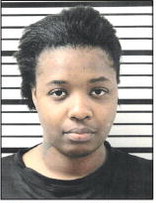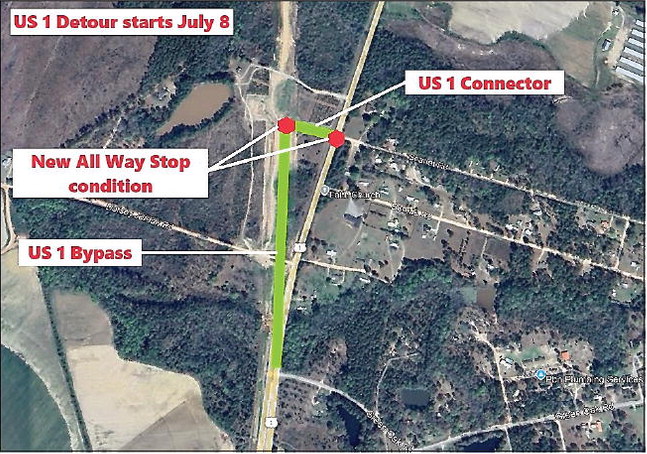In the Short Rows: - Only You Can Prevent Lawn Burweed
In the Short Rows:
Nothing puts a damper on your summer day like getting a ‘sticker’ lodged in your foot. One moment you’re walking barefoot in your yard, and the next you’re hopping on one foot trying to dislodge the painful sticker and reaching for a pair of shoes. We’ve all been there, and it’s no fun. The good news is, there is something you can do about it, and the time to act is now!
What we commonly refer to as ‘stickers’ is actually called lawn burweed, also referred to as spurweed or stickerweed. This plant is a winter annual that remains small and inconspicuous throughout the winter months, growing slowly in lawns. As temperatures warm up, the weed begins growing more rapidly, and eventually produces seeds, which are contained within the spine-tipped burs that often end up in our feet.
Pre-emergent herbicides are most effective in December, January, and February. During these winter months, the weed is still considered immature and has not begun forming ‘stickers’ yet. If stickers are present, the weed will be much more difficult to kill and the spurs may stick around for the season. Atrazine is recommended to control burweed and other winter weeds this time of year. If you’ve already noticed stickers in your yard, you may need to mix a post-emergent herbicide with Atrazine for better control. Post-emergent herbicides with good to excellent control of burweed include bentazon, 2,4-D, and sulfentrazone. Many of these products can be found at your local farm and garden center.
When applying herbicides, follow all label instructions and safety precautions. Check the label and/or consult the University of Georgia pest management handbook to see how these herbicides may affect your lawn. Assess your lawn several weeks after application to determine if a follow-up application is necessary.
If you have any questions, please feel free to contact the Montgomery County Extension Office at 912-583-2240.





